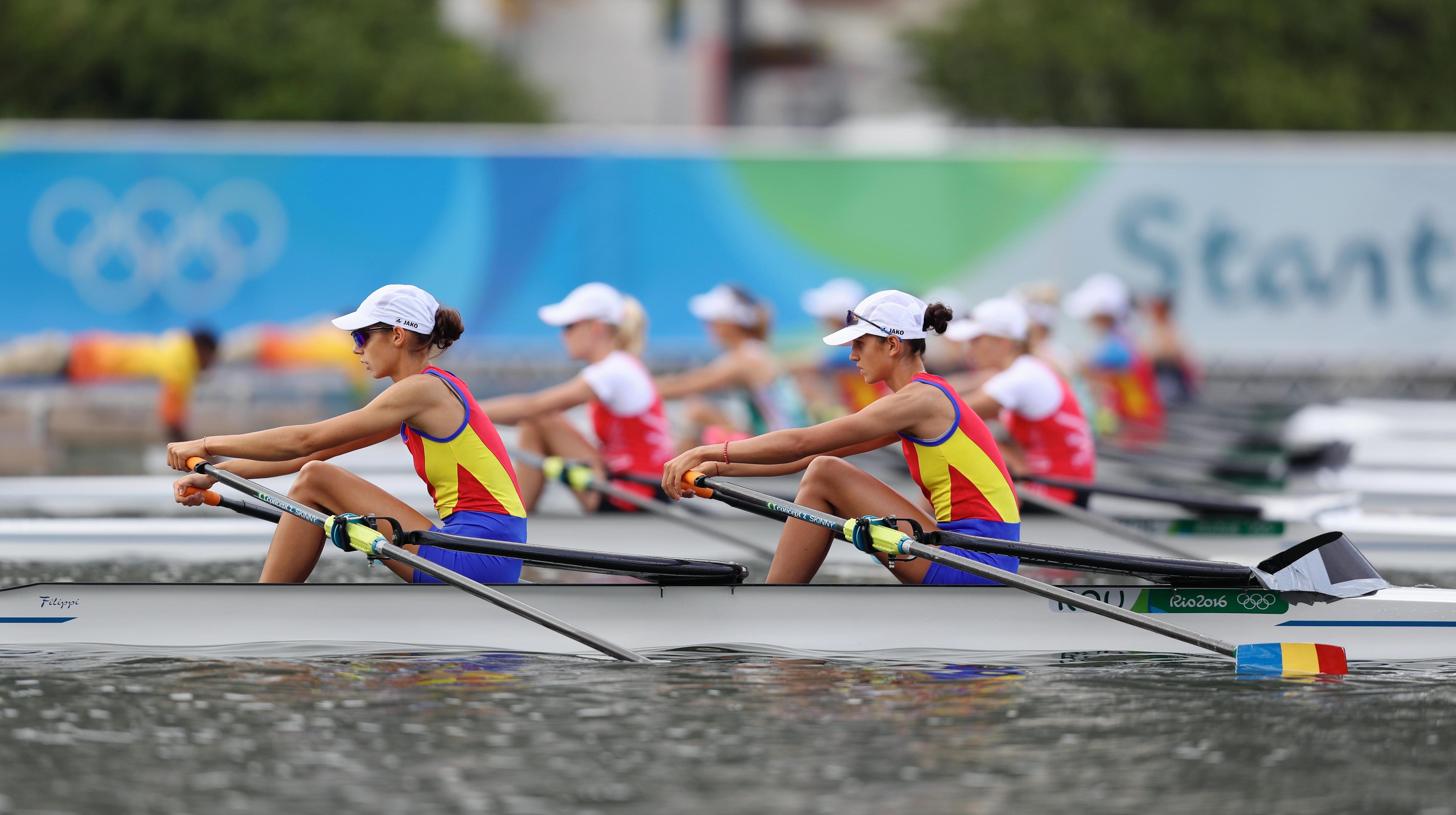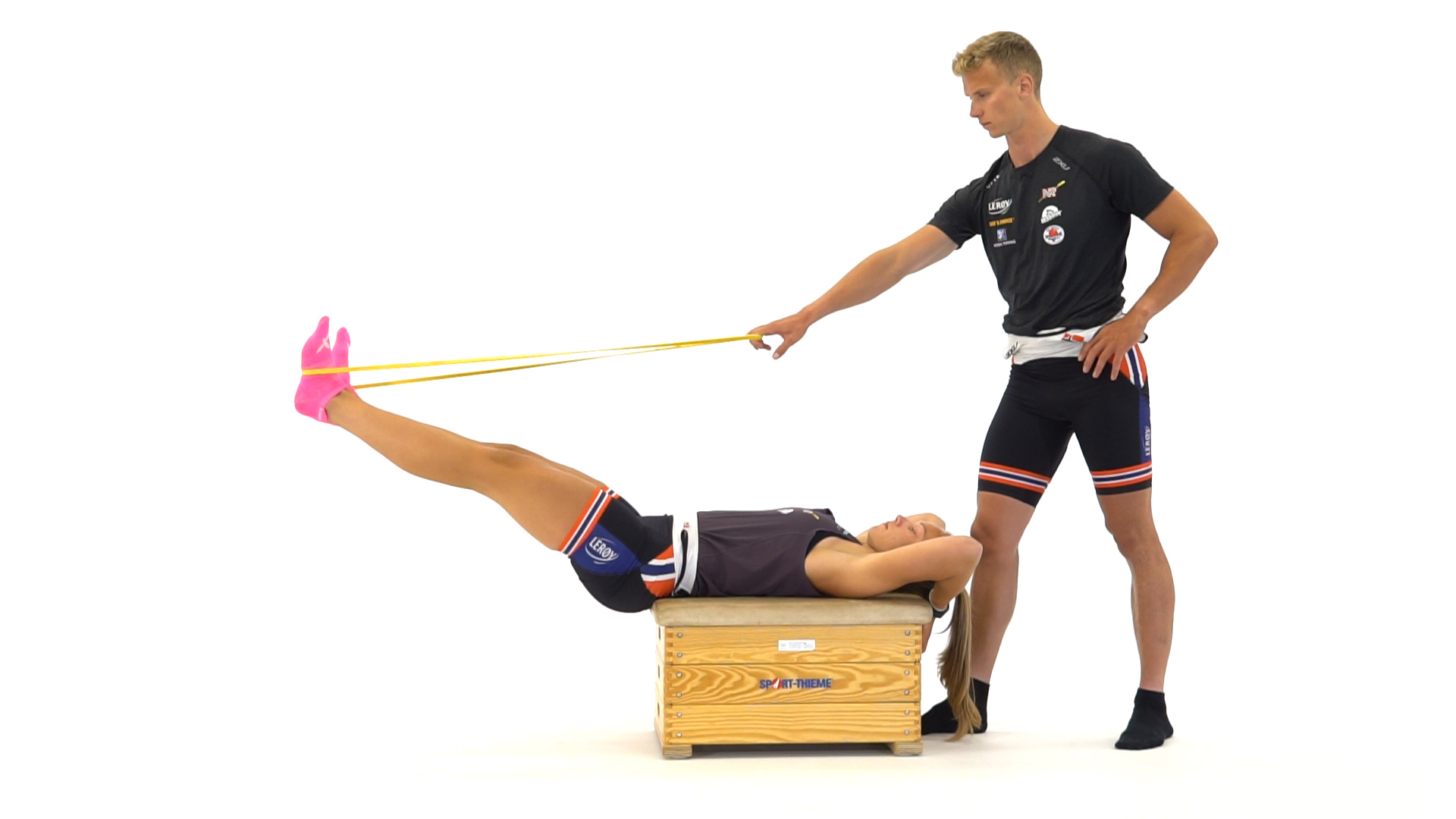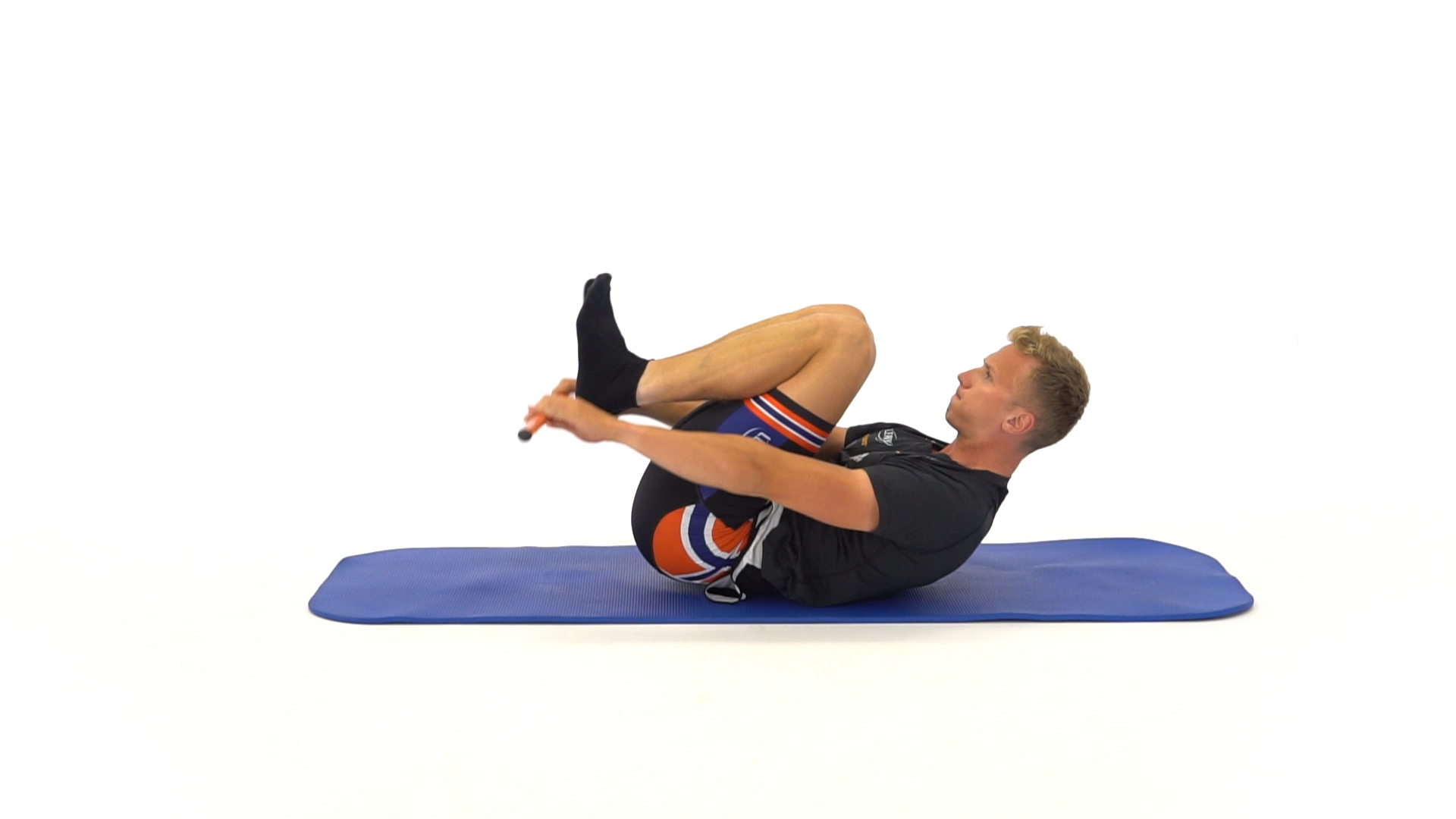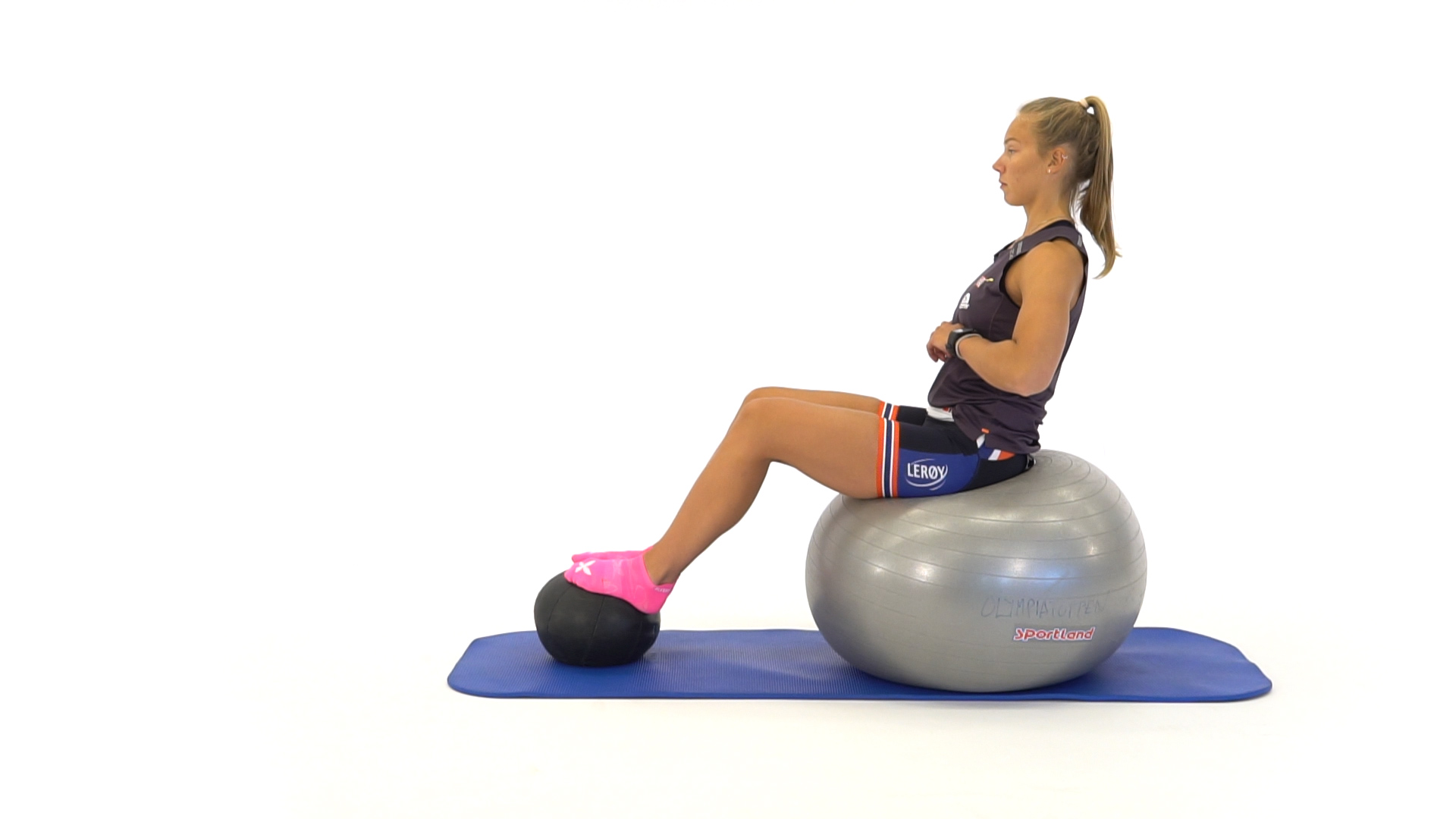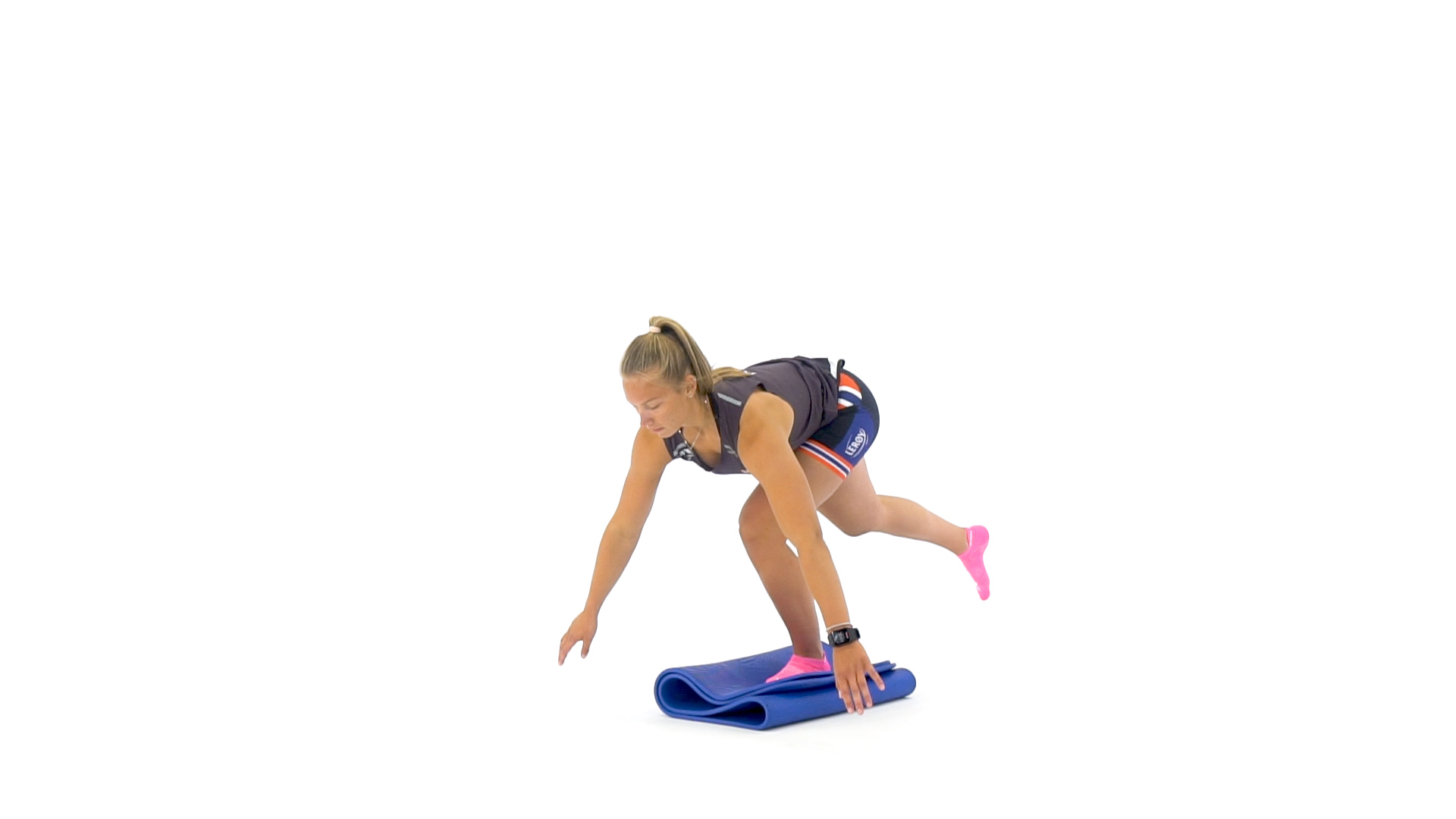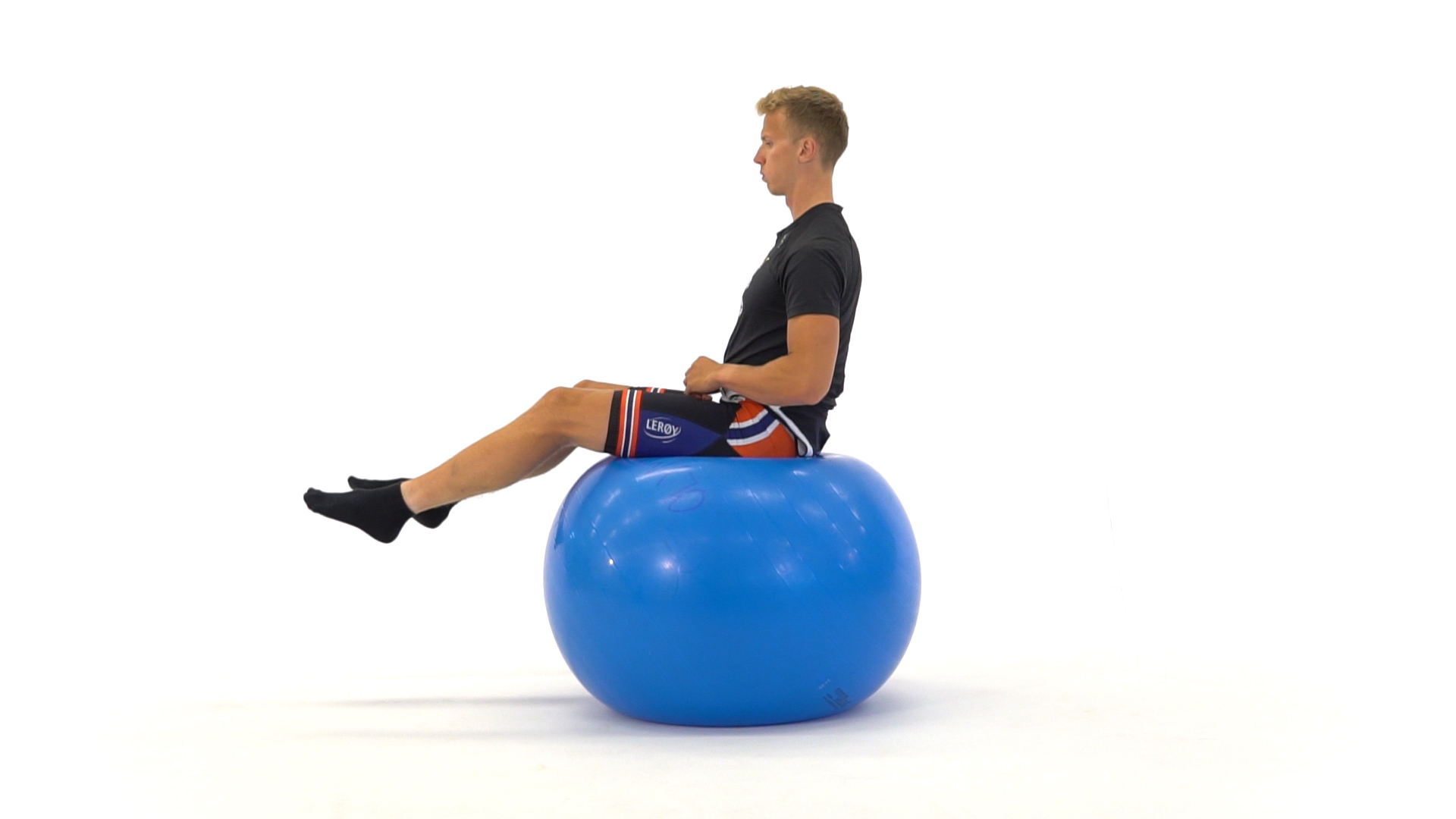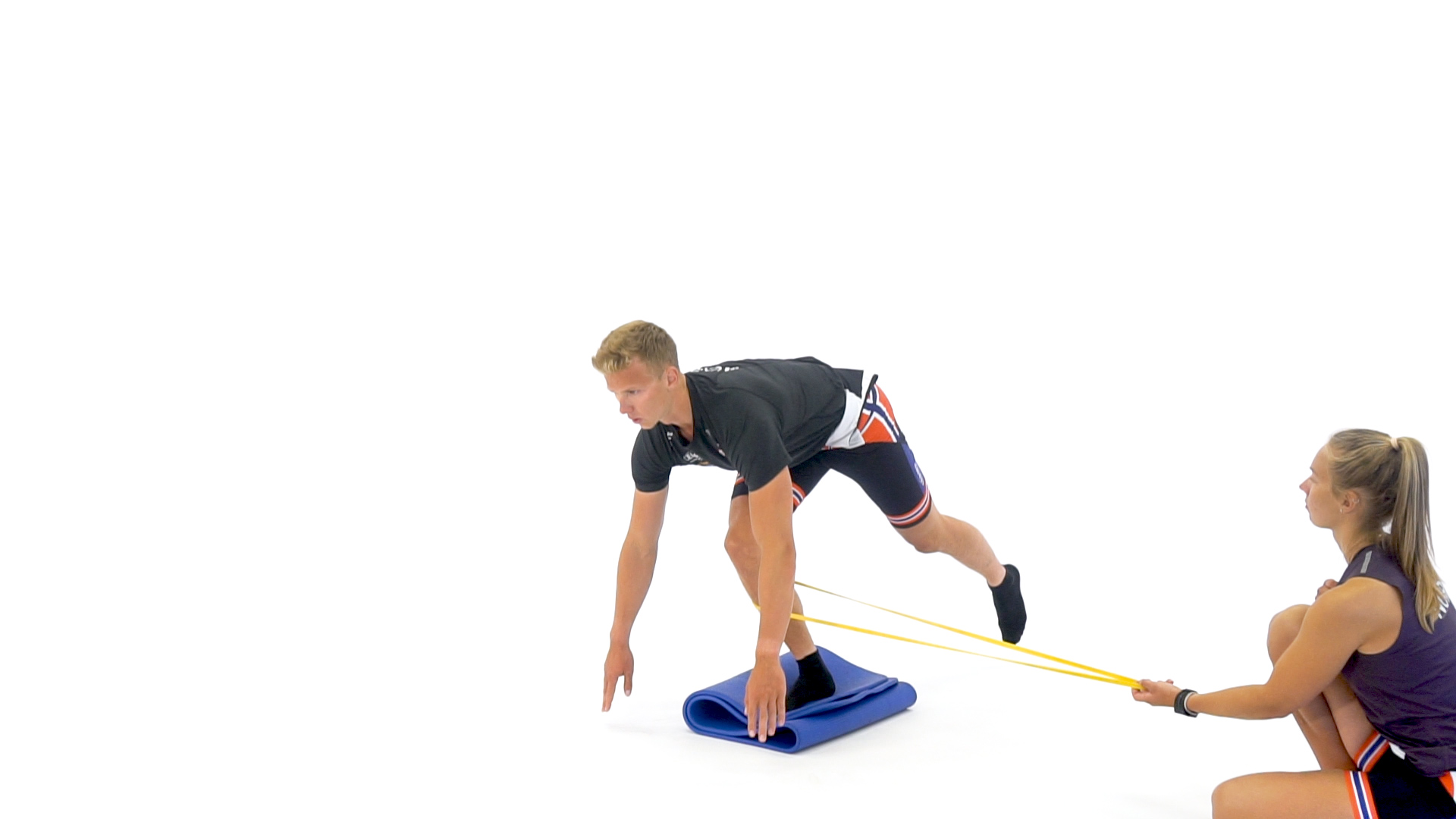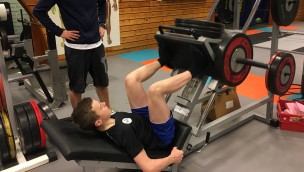Additional information
Exercise is the key to good performance
Performing injury prevention exercises will minimize risk of injury, but also help you become a better athlete.
BEST WITHOUT INJURIES
Training regularly is essential for improving and enjoying your sport over time. When you're injured, it prevents you from consistent training. Did you know that a previous injury increases the risk of a new one? That's why injury prevention is crucial to help you enjoy and perform in your sport. This program is designed to help you stay injury-free, so you can keep progressing and enjoy your sport for many years to come.
LOAD MANAGEMENT
Injuries are complex and can be influenced by many factors, such as training volume, physical condition, recovery, and overall load – to name a few. Although it is not easy to influence all of these factors, load management is an important aspect that can help reduce the risk of injuries. By properly balancing training load, you can decrease the risk of injuries. Together with coaches and parents, you can ensure an adapted load that allows for development while giving the body enough time to recover. You can read more about load management under "Nice to Know" on the homepage.
THE YOUNG ATHLETE
For young athletes, adolescence is a time of many changes, both physically and mentally. It is during this period that we grow and develop, which is why it is important to be patient and understand that this phase is about building a solid foundation—not about being the best right now. Training habits that emphasize gradual progression, enjoyment, and versatility will lay the groundwork for a long, fun, and rewarding career in sports. By focusing on mastery and development, one can experience continuous progress and joy in sports in the future. You can read more about growth and maturation in young athletes under "Nice to Know" on the homepage.
A STRONG BODY IS CAPABLE OF MORE
The exercise program below is created in collaboration with the staff responsible for technique and motor skills training at the Norwegian Olympic Sports Centre. The purpose of the exercises is to develop the physical requirements needed to become a better rower.
Exercises
Play video
Supine leg cross
Play video
Prone leg cross
Play video
The elephant
Play video
Side-lying rotation
Play video
Gluteal stretch
Play video
Sitting pelvic control
Play video
Squat
Play video
Isolated squat
Play video
Deep sumo squat
Play video
Single–leg rowing deadlift
Play video
Supine leg cross
Play video
Prone leg cross
Play video
The elephant
Play video
Side-lying rotation
Play video
Gluteal stretch
Play video
Pelvic control with leg drive
Play video
Thread the needle
Play video
Exercise ball rowing
Play video
Single-leg squat with forward bend
Play video
Supine leg cross
Play video
Prone leg cross
Play video
The elephant
Play video
Gluteal stretch
Play video
Pelvic control with leg drive
Play video
Thread the needle
Play video
Exercise ball rowing
Play video
Single-leg squat with forward bend
Supine leg cross
Purpose: To improve hip and back flexibility
Keep both shoulders firmly on the floor
Cross one knee toward the opposite hand
Progression: Perform with straight legs
Prone leg cross
Purpose: To improve hip and back flexibility
Keep both shoulders firmly on the floor
Take one foot towards the opposite hand
Alternate legs
The elephant
Purpose: To improve hamstring flexibility
Keep your knees straight
Press your heels down in the final position
Side-lying rotation
Purpose: To improve spine flexibility and strengthen shoulders and upper back
Lie on your side with your top hip flexed to stabilise your pelvis
Use a long elastic band or a cable for resistance
Rotate your trunk first, then extend your shoulder, then straighten your elbow
Keep your shoulder low throughout the movement
Gluteal stretch
Purpose: To improve hip flexibility
Start on all fours
Stretch one leg backwards and across the midline as far as possible
Sit back and lower your hips
Vary the amount that your real leg crosses the midline
Sitting pelvic control
Purpose: To enhance awareness of pelvic position
Sit on a low box or bench
Tilt your pelvis forwards and backwards in an isolated movement
Do not move your legs or trunk during the exercise
Keep your mid-back and upper back relaxed
Squat
Purpose: To develop good squat technique
Keep your feet hip width apart
Start the movement from the hip
Keep your knees aligned with toes
Sit down as if you are sitting on a chair
Keep your back straight
Isolated squat
Purpose: To improve hamstring flexibility
Bend forward and hold tightly behind your knees
Maintain good hip, knee and ankle alignment
Straighten knees without moving your hips or low back
Deep sumo squat
Purpose: To improve hip flexibility
Perform a deep squat with your feet wider than your shoulders and turned out
Use your elbows to push your knees backwards
Push your chest out
Single–leg rowing deadlift
Purpose: To improve leg drive coordination and power transfer
Start the movement from the hips
Keep your head aligned over your knee and foot as you bend forward
Maintain a neutral spine
End with arms in a rowing finish position
Supine leg cross
Purpose: To improve hip and back flexibility
Keep both shoulders firmly on the floor
Cross one knee toward the opposite hand
Progression: Perform with straight legs
Prone leg cross
Purpose: To improve hip and back flexibility
Keep both shoulders firmly on the floor
Take one foot towards the opposite hand
Alternate legs
The elephant
Purpose: To improve hamstring flexibility
Keep your knees straight
Press your heels down in the final position
Side-lying rotation
Purpose: To improve spine flexibility and strengthen shoulders and upper back
Lie on your side with your top hip flexed to stabilise your pelvis
Use a long elastic band or a cable for resistance
Rotate your trunk first, then extend your shoulder, then straighten your elbow
Keep your shoulder low throughout the movement
Gluteal stretch
Purpose: To improve hip flexibility
Start on all fours
Stretch one leg backwards and across the midline as far as possible
Sit back and lower your hips
Vary the amount that your real leg crosses the midline
Pelvic control with leg drive
Purpose: To improve low back and pelvic control
Lie on a box with your pelvis hanging over the edge
Press lower back down and extend your hips
Hold the elastic tight around your feet
Your partner should only apply light resistance
Stop before you fully extend your hips
Thread the needle
Purpose: To improve hip flexibility and abdominal strength
Try to keep your pelvis and low back on the floor
Fully flex your hips
Exercise ball rowing
Purpose: To improve the ability to move the hips independently of the spine
Sit on the "front of your sitting bones"
Simulate a rowing motion
Keep your low back in a neutral position and move from the hips
Progression: Increase the movement speed
Single-leg squat with forward bend
Purpose: To improve power transfer and movement timing
Perform a single-leg squat, bending forward from the hips in a rowing motion
Keep your head aligned over your knee and foot as you bend forward
Maintain a neutral spine
Keep your whole foot in contact with the mat throughout the exercise
Supine leg cross
Purpose: To improve hip and back flexibility
Keep both shoulders firmly on the floor
Cross one knee toward the opposite hand
Progression: Perform with straight legs
Prone leg cross
Purpose: To improve hip and back flexibility
Keep both shoulders firmly on the floor
Take one foot towards the opposite hand
Alternate legs
The elephant
Purpose: To improve hamstring flexibility
Keep your knees straight
Press your heels down in the final position
Gluteal stretch
Purpose: To improve hip flexibility
Start on all fours
Stretch one leg backwards and across the midline as far as possible
Sit back and lower your hips
Vary the amount that your real leg crosses the midline
Pelvic control with leg drive
Purpose: To improve low back and pelvic control
Lie on a box with your pelvis hanging over the edge
Press lower back down and extend your hips
Hold the elastic tight around your feet
Your partner should only apply light resistance
Stop before you fully extend your hips
Thread the needle
Purpose: To improve hip flexibility and abdominal strength
Try to keep your pelvis and low back on the floor
Fully flex your hips
Exercise ball rowing
Purpose: To improve the ability to move the hips independently of the spine
Sit on the "front of your sitting bones"
Simulate a rowing motion
Keep your low back in a neutral position and move from the hips
Progression: Increase the movement speed
Single-leg squat with forward bend
Purpose: To improve power transfer and movement timing
Perform a single-leg squat, bending forward from the hips in a rowing motion
Keep your head aligned over your knee and foot as you bend forward
Maintain a neutral spine
Keep your whole foot in contact with the mat throughout the exercise
Related Articles
Strength training and youth
There is no reason why children and adolescents should not train strength. On the contrary, it is beneficial with training strength for all age groups - as long as you do it correctly.
Find out more
Get Set - Train Smarter app
The Get Set - Train Smarter mobile application is available for free in Google Play and Apple app stores, and ready for download in 11 languages.
Find out more
Burn out
For athletes it is normal to be exhausted and tired following training and competition. But it is not normal to stay tired even after several days of rest.
Find out more
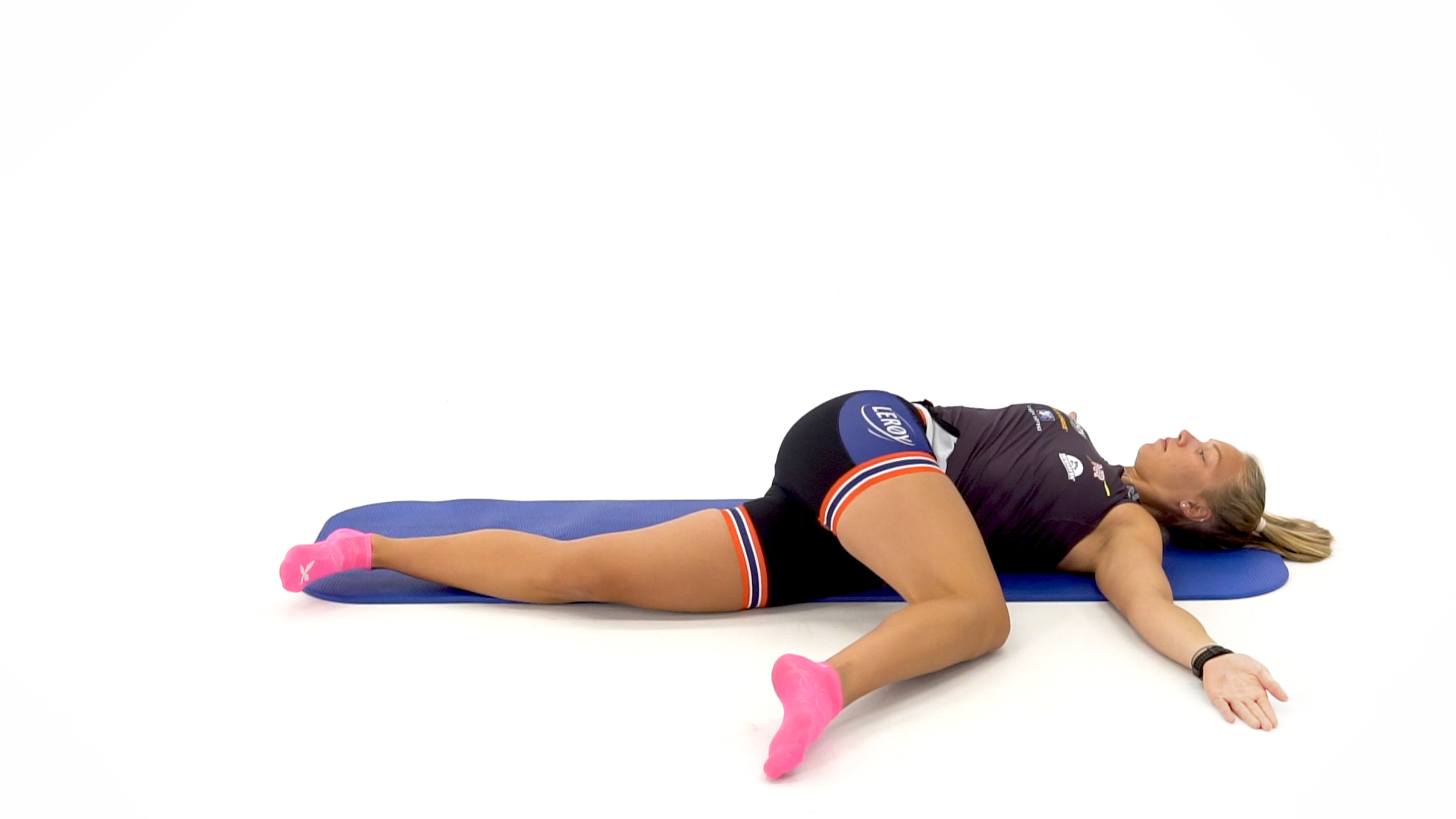 Play video
Supine leg cross2–3 x 6–8 repetitions
Play video
Supine leg cross2–3 x 6–8 repetitions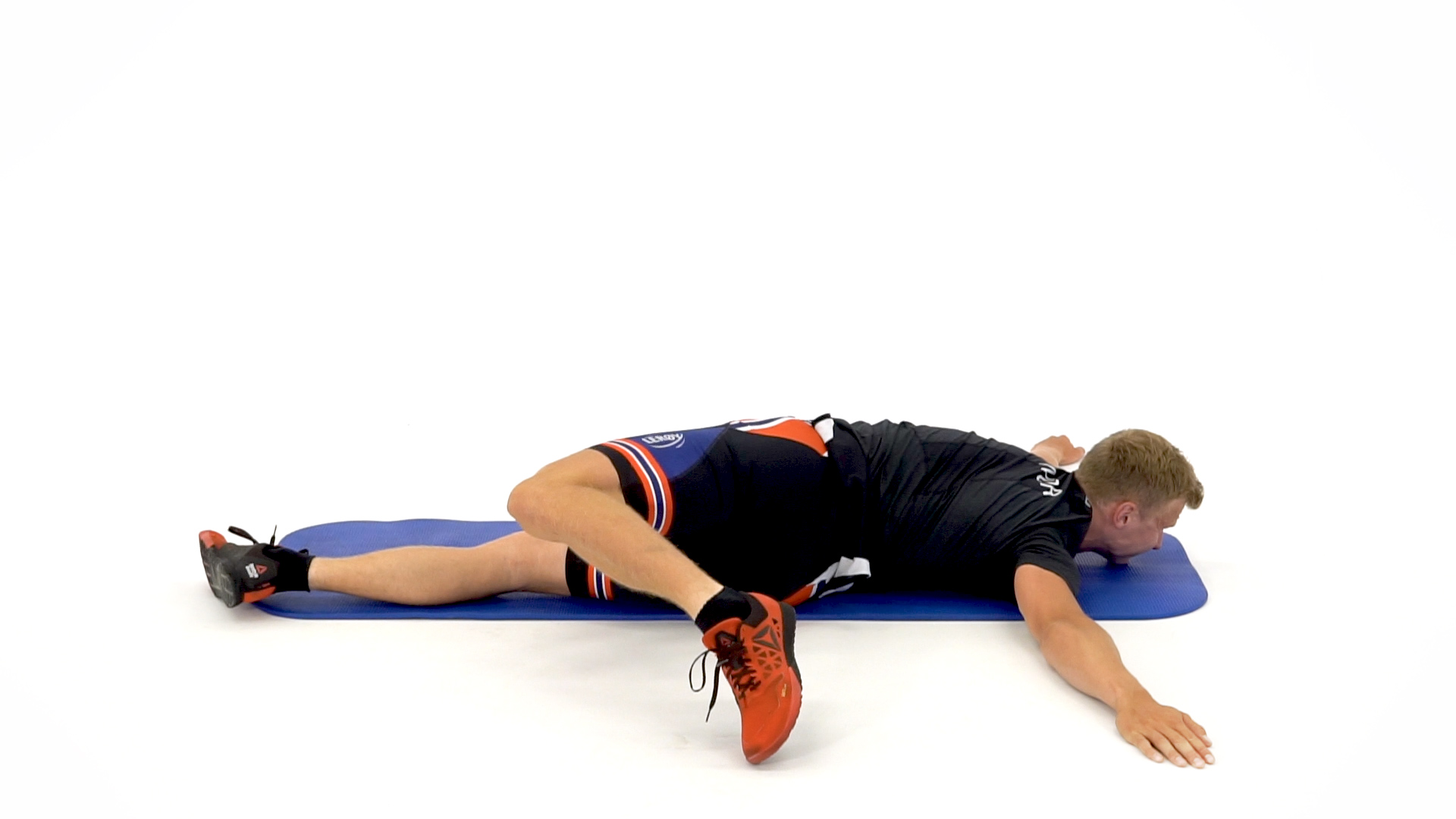 Play video
Prone leg cross2–3 x 6–8 repetitions
Play video
Prone leg cross2–3 x 6–8 repetitions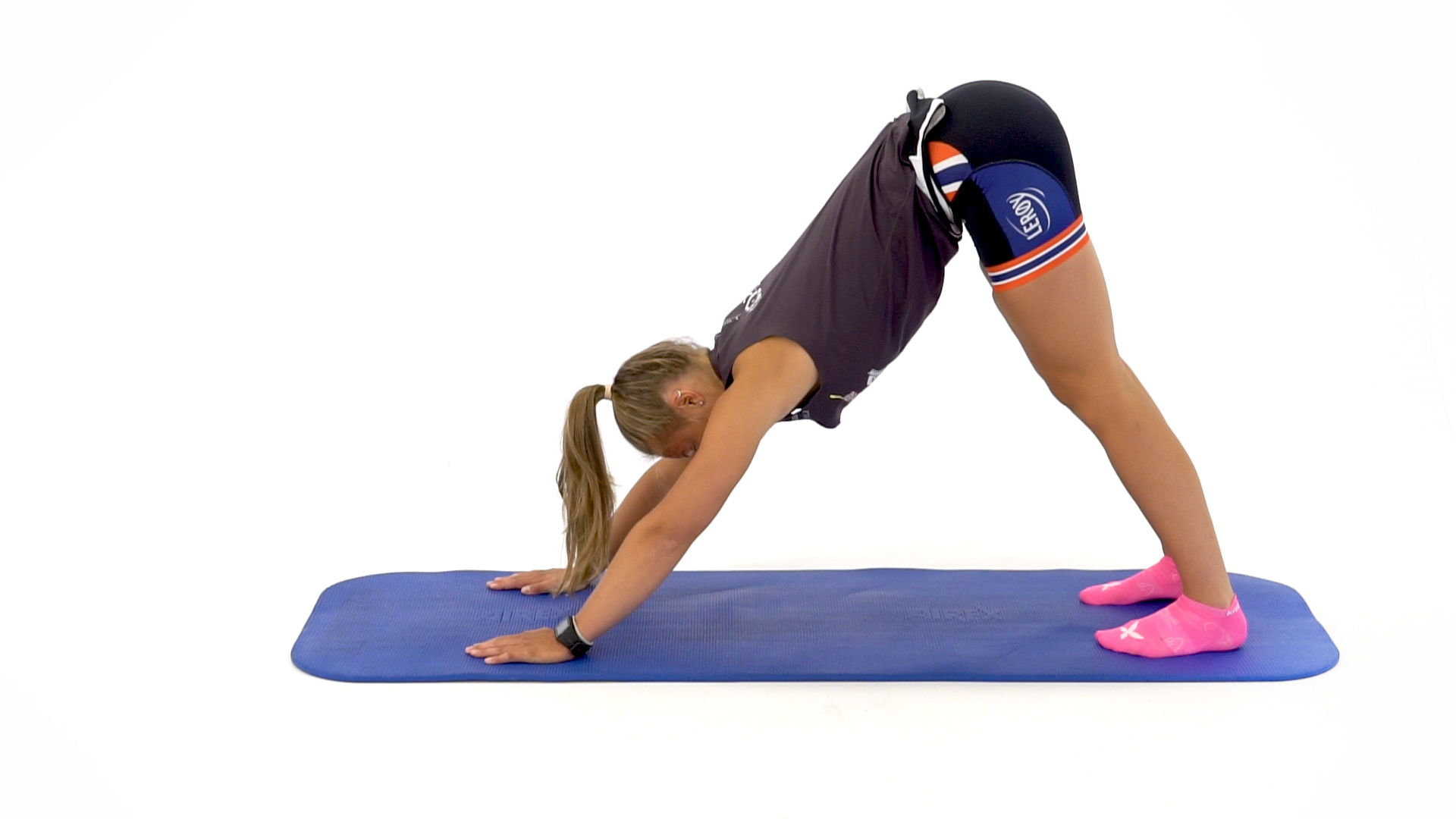 Play video
The elephant2–3 x 6–8 repetitions
Play video
The elephant2–3 x 6–8 repetitions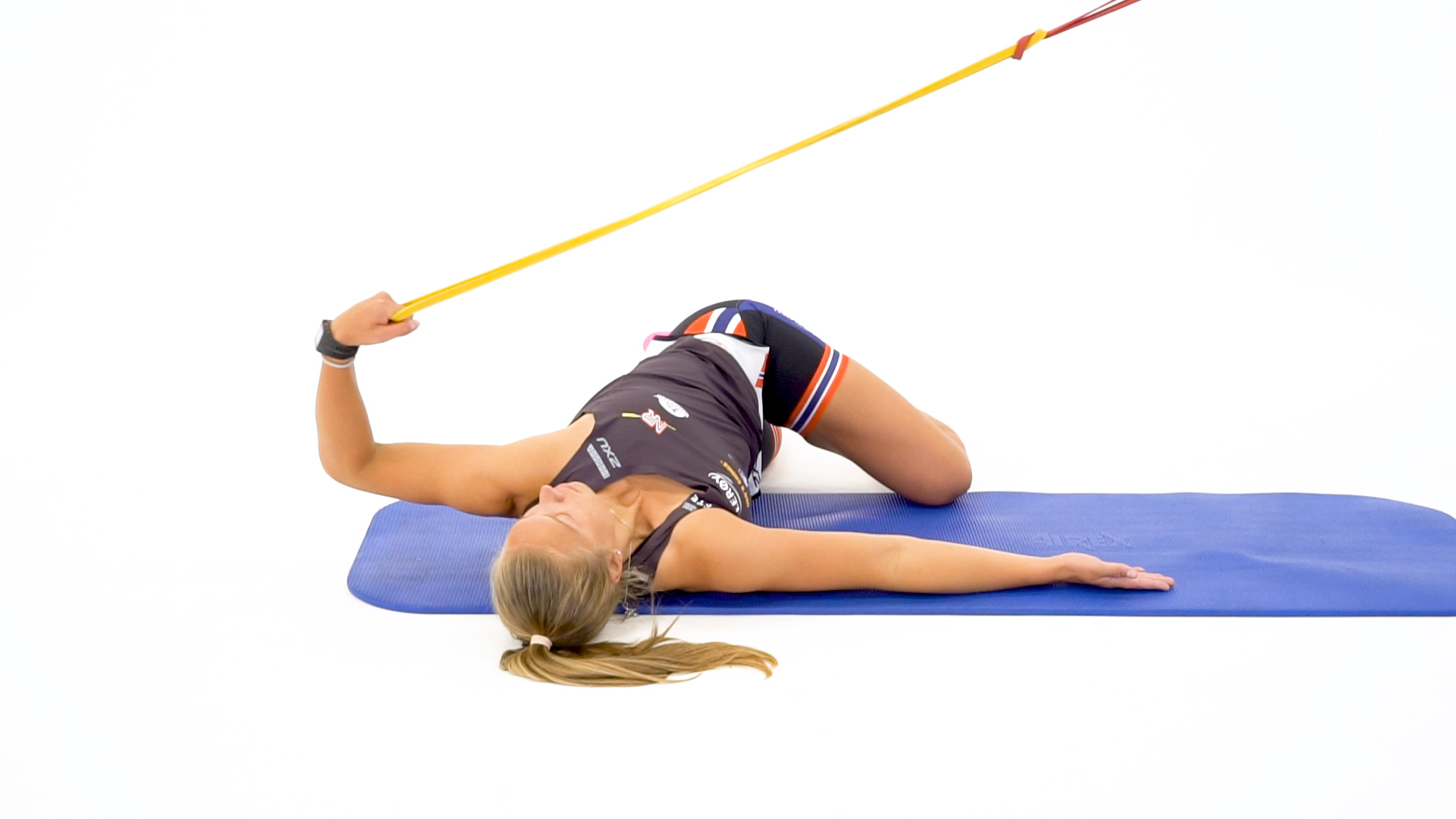 Play video
Side-lying rotation2–3 x 6–8 repetitions
Play video
Side-lying rotation2–3 x 6–8 repetitions Play video
Gluteal stretch4 x 8 repetitions for 3–4 seconds each
Play video
Gluteal stretch4 x 8 repetitions for 3–4 seconds each Play video
Sitting pelvic control2–3 x 6–8 repetitions
Play video
Sitting pelvic control2–3 x 6–8 repetitions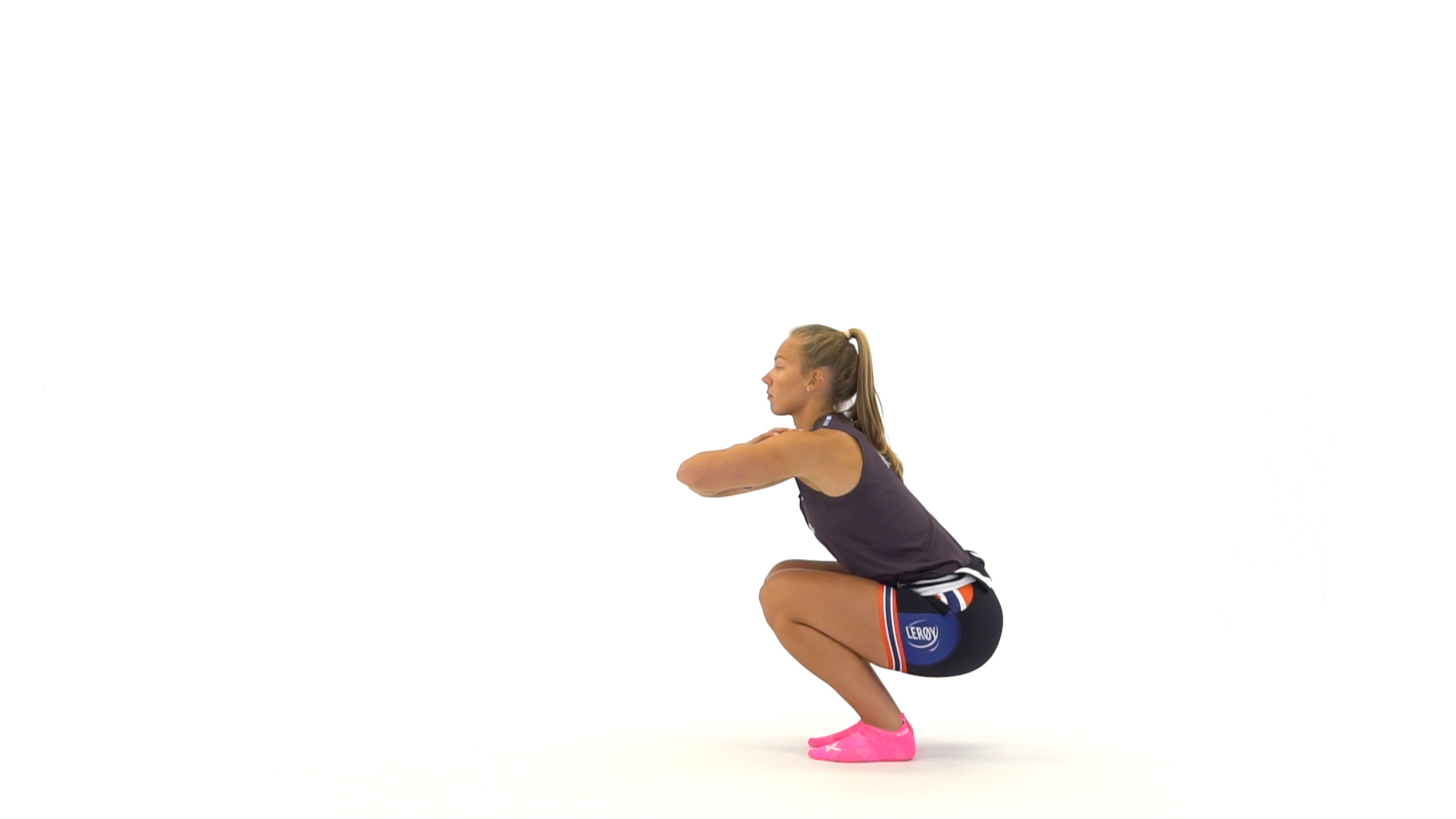 Play video
Squat3 x 8–16 repetitions
Play video
Squat3 x 8–16 repetitions Play video
Isolated squat2–3 x 6–8 repetitions
Play video
Isolated squat2–3 x 6–8 repetitions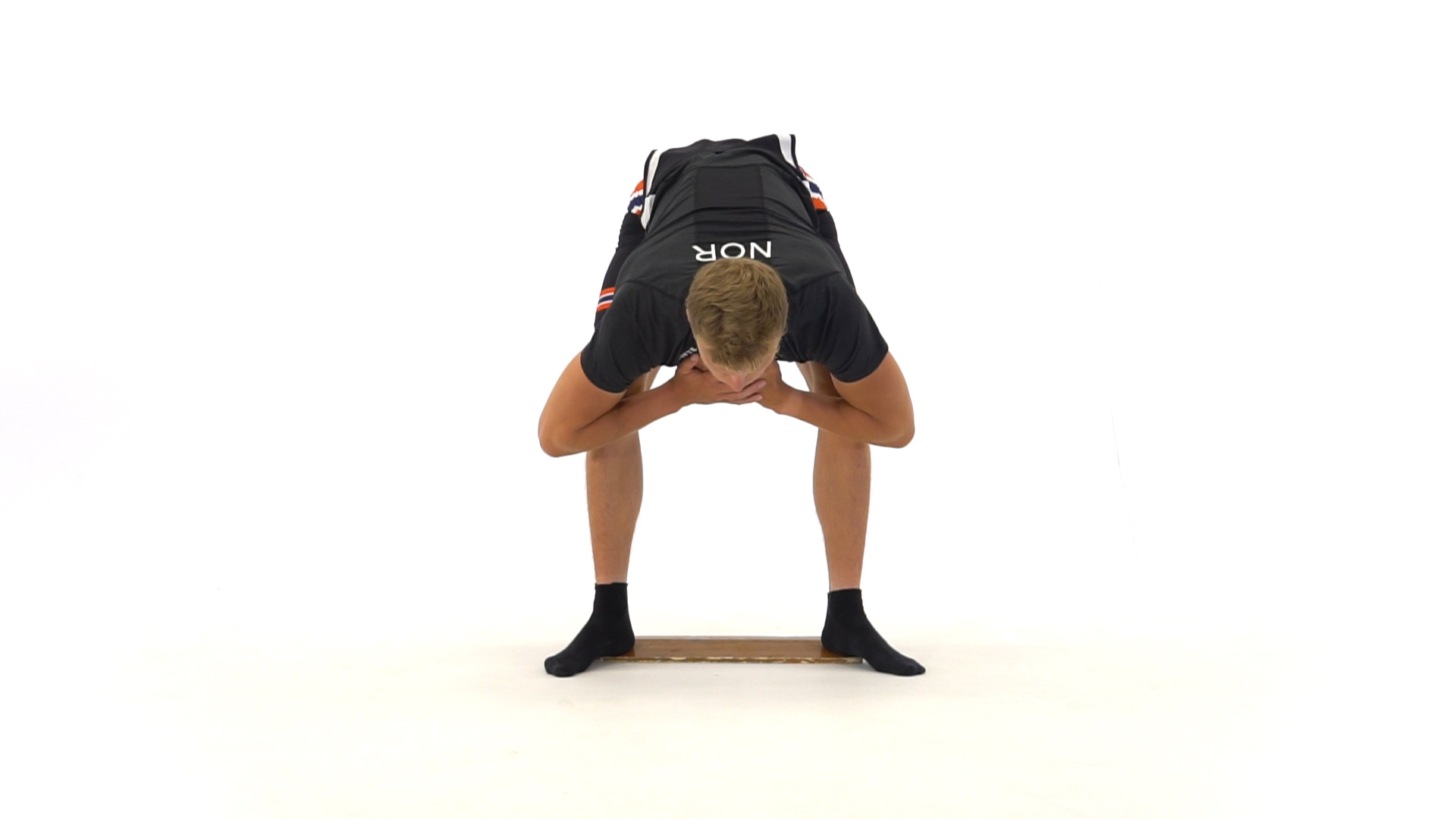 Play video
Deep sumo squat2 x 8 repetitions
Play video
Deep sumo squat2 x 8 repetitions Play video
Single–leg rowing deadlift2–3 x 6–8 repetitions
Play video
Single–leg rowing deadlift2–3 x 6–8 repetitions